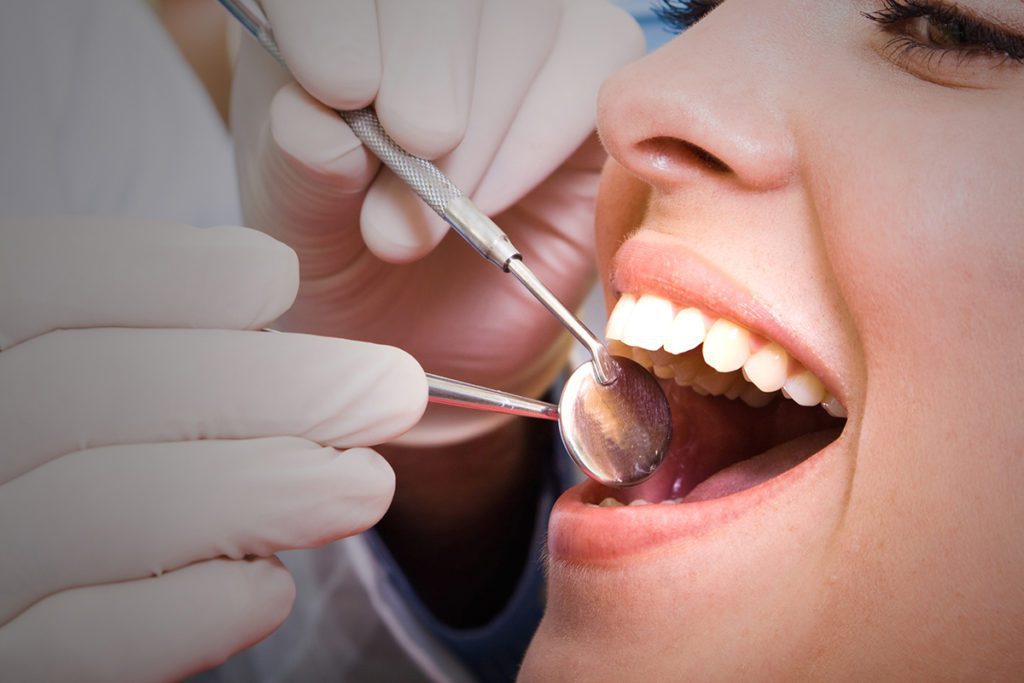Inlays and Onlays
When more than half of the tooth’s biting surface is damaged, a dentist will often use an inlay or onlay.
What are inlays and onlays?
Inlays and onlays can be made of porcelain, gold, or composite resin. These pieces are bonded to the damaged area of the tooth. An inlay, which is similar to a filling, is used inside the cusp tips of the tooth. An onlay is a more substantial reconstruction, similar to the inlay but extending out over one or more of the cusps of the tooth.
Traditionally, gold has been the material of choice for inlays and onlays. In recent years, however, porcelain has become increasingly popular due to its strength and color, which can potentially match the natural color of your teeth.
How are inlays and onlays applied?
Inlays and onlays require two appointments to complete the procedure. During the first visit, the filling being replaced, or the damaged or decaying area of the tooth is removed, and the tooth is prepared for the inlay or onlay. To ensure proper fit and bite, an impression of the tooth is made by the dentist and sent to a lab for fabrication. The dentist will then apply a temporary sealant on the tooth and schedule the next appointment.
At the second appointment, the temporary sealant is removed. Your dental professional will then make sure that the inlay or onlay fits correctly. If the fit is satisfactory, the inlay or onlay will be bonded to the tooth with a strong resin and polished to a smooth finish.
Considerations for inlays and onlays
Traditional fillings can reduce the strength of a natural tooth by up to 50 percent. As an alternative, inlays and onlays, which are bonded directly onto the tooth using special high-strength resins, can actually increase the strength of a tooth by up to 75 percent. As a result, they can last from 10 to 30 years. In some cases, where the damage to the tooth is not extensive enough to merit an entire crown, onlays can provide a very good alternative.
Common Questions
What is the difference between inlays and onlays?
The difference between an inlay and an onlay is that inlays are designed to fit between the little ridges on the back of your tooth (generally your molar). Inlays only cover a small area of the biting surface. On the other hand, a restoration is considered an onlay if it covers more than one of the ridges on the back of your molar.
How long does the restoration procedure take?
The inlay/onlay procedure requires two appointments. At the first appointment, your dentist will prepare the tooth (or teeth) and take impressions. The second appointment is used to fit the inlay or onlay to your tooth or teeth.
Are there alternatives to inlay/onlays?
Depending on the effect of the decay and the surface area of the tooth it affects, tooth colored fillings may be an option. If the area is too big for a general filling, your dentist may recommend a crown over an inlay, onlay, or filling. As opposed to an inlay/onlay which only covers part of your tooth, a crown covers the entire tooth. This allows for a natural look that still protects your natural tooth. It is a pricier option and may not be the best recommendation for your case. Talk to your dentist about other options if you would like more information about your choices.

Request an Appointment
We want to see your best smile. Become part of the Advanced Dental Care family by scheduling your appointment today!
